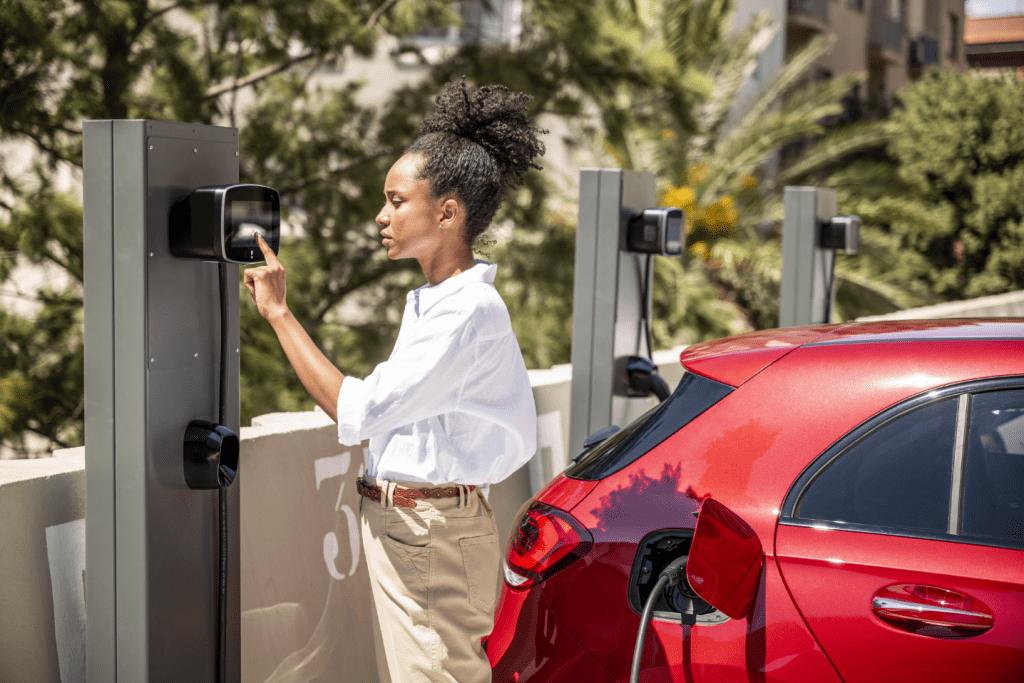The expected demand for electric vehicles has been adjusted upwards, driven by government support, new technologies and projected profits by original equipment manufacturers (OEMs).
That is the conclusion reached by Wallbox, a world leader in smart electric vehicle charging and energy management. Its grounds on it are all as follows.
Driven by a global focus on the energy transition and declining manufacturing costs, the world of transportation is experiencing an accelerating shift towards electrification.
According to the 2021 edition of the BNEF Electric Vehicle Outlook, on June 9, 2021, BNEF significantly increased its projections for the size of the electric vehicle fleet by 2030, from 116 million to 169 million vehicles; more than 14 times the current size of the electric vehicle fleet.
Key drivers of this increase are multi-stakeholder responses to Covid-19, additional government support, further improvements in battery-related unit economics, and more and more commitments from automakers.
Global sales of passenger electric vehicles more than doubled in 2021 compared to 2020, reaching more than 6.5 million units, and that number is expected to be surpassed in the near future as demand for electric vehicles continues to grow significantly.
Electric vehicles
An important driver of the electrification of the car fleet is the financial and legal support that governments provide for the deployment of electric vehicles and charging infrastructure.
Several countries are banning sales of internal combustion engine (ICE) vehicles for the period between 2030 or 2035, spurred in particular by bonus-malus tax systems in numerous European countries to make electric vehicles more affordable while charging higher tax rates on polluting ICE vehicles.
Globally, there are regulatory support packages that will significantly boost the sector, including the European Green Deal, a stimulus package of at least €1 trillion for climate-neutral and circular economy investments in Europe.
Overall, these commitments should contribute significantly to CO2 emission reduction targets as part of the Paris Agreement to reduce emissions by at least 55% in Europe by 2030.
In the United States, the administration of President Joe Biden has committed $174 billion for investments in electric vehicles, consisting of sales rebates and tax incentives for consumers and grant and incentive programs for state and local governments to expand significantly the charging infrastructure throughout the country.
In addition, according to state media, China will invest up to $900 billion between 2021 and 2025 in the development of power grids with a focus on electric vehicle charging and smart infrastructure.
![]()

